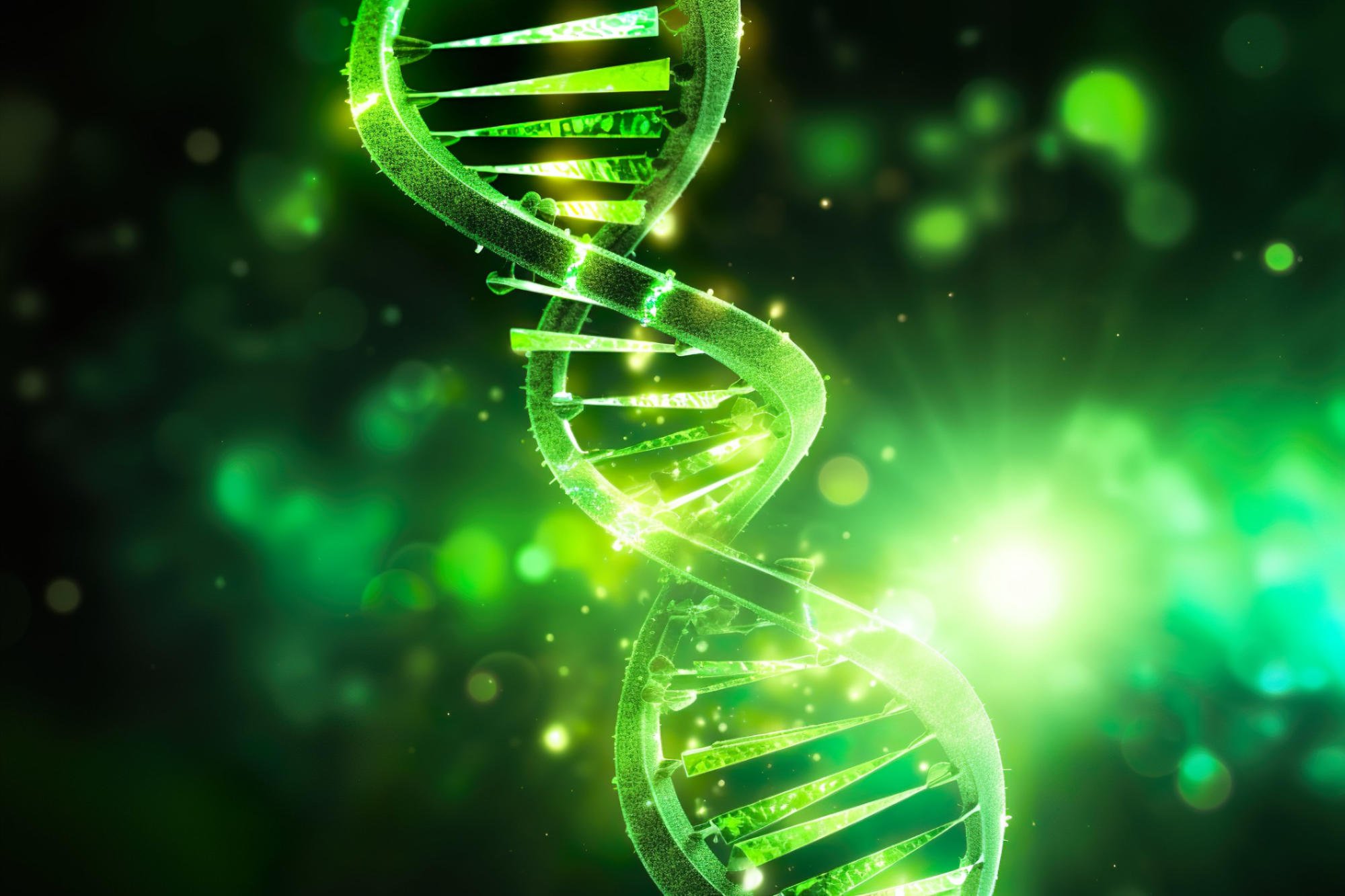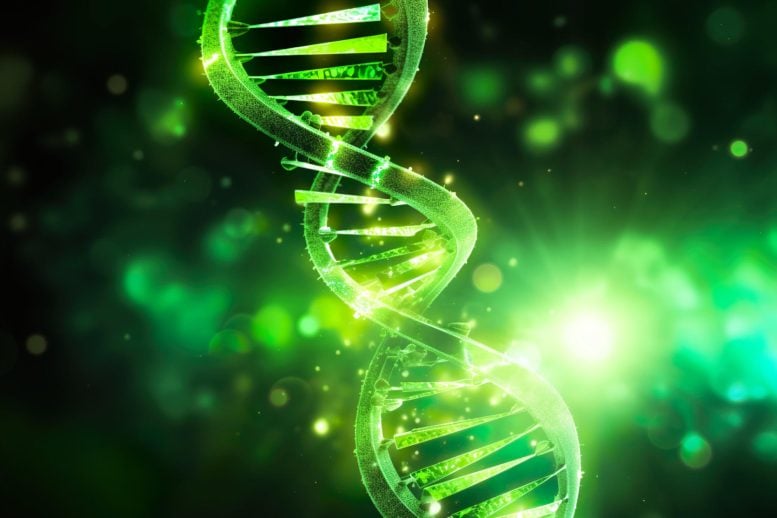

DNA methylation, essential for regulating gene expression and cell function, is crucially maintained by CDCA7, which researchers found also detects hemimethylated DNA, a role previously attributed only to UHRF1.
DNA methylation is a process where a methyl group is added to the cytosine base of the DNA molecule, serving as a key mechanism for epigenetic marking. Epigenetic modifications, like DNA methylation, function as on-off switches to regulate gene expression, enabling the creation of diverse cell types without altering the underlying DNA sequence. This process ensures that genes specific to one type of cell, such as those related to brain function, are not activated in other cell types, like heart cells.
For this reason, maintenance of the DNA methylation pattern is important to ensure the correct and consistent function of each cell type. But this is no easy feat: the DNA methylation pattern can change over time, and this is linked to a variety of diseases. One is a rare genetic condition called immunodeficiency, centromeric instability, and facial anomalies (ICF) syndrome, whose symptoms include recurrent respiratory infections, facial anomalies, and slowed growth and cognition.
While it has been known that mutations in the CDCA7 gene cause ICF syndrome, little was known about the gene’s molecular function. Now Rockefeller University’s Funabiki lab, in close collaboration with researchers at the University of Tokyo and Yokohama City University, has identified a unique functional feature of CDCA7 that ensures the accurate inheritance of DNA methylation.
The researchers discovered that CDCA7 senses hemimethylation in eukaryotes—an important find, because hemimethylation sensing has long been thought to be solely carried out by a protein called UHRF1. They published their results in Science Advances.
“It’s quite an incredible finding,” says co-first author Isabel Wassing, a postdoc in the Laboratory of Chromosome and Cell Biology, headed by Hiro Funabiki. “Learning that CDCA7 also acts as a sensor explains why its mutation leads to diseases like ICF syndrome and fills in a major gap in the field of epigenetics. But it also introduced new questions. Why, for example, does the cell need two different hemimethylation sensors?”
A transitional state
Massive cycles of cell division, in which a parental cell is split into two identical daughter cells, give rise to the trillions of cells that make up the human body. Careful replication and segregation of the DNA molecule, packaged into chromosomes, allows for the accurate inheritance of genetic instructions to each new daughter cell.
DNA replication is a tricky process. At the heart of a cell nucleus is chromatin, a complex of macromolecules composed of double-stranded DNA and histone proteins, which DNA wraps around like a string on a yo-yo to form nucleosomes. During replication, the double-stranded DNA strand unwinds from around the histone and splits into two single strands; DNA polymerases then stitch complementary nucleotides across each strand, resulting in two copies of the double-stranded DNA molecule.
However, the methyl groups are not automatically copied onto the newly synthesized DNA strand, rendering it temporarily hemimethylated: the old parental DNA strand is methylated, while the newly incorporated nucleotides in the daughter DNA strand are not, which signals that DNA methylation maintenance is required. Indeed, the detection of hemimethylation by UHRF1 is the crucial first step; the protein then recruits and activates the DNA methyltransferase DNMT1, which deposits the methyl mark on the newly synthesized DNA strand.
The stakes are high, as the cell’s ability to sense the presence of hemimethylation has a strict deadline: If the hemimethylated state of DNA is not recognized before the next round of replication, the epigenetic methylation mark is permanently lost.
The chromatin problem
Scientists know that the access of many enzymes and DNA-binding proteins is restricted by chromatin, including those that are necessary to introduce methylation to the DNA. Earlier research by the Funabiki lab showed that CDCA7 forms a complex with the protein encoded by the HELLS gene, whose mutations also cause ICF syndrome. HELLS is a so-called nucleosome remodeler, which can temporarily unwrap the DNA molecule from the nucleosome.
“We envisioned that the CDCA7-HELLS complex is important to help the cell overcome the barrier of compacted heterochromatin and make the DNA molecule accessible to the deposition of methylation,” explains Funabiki. “But there are many different nucleosome remodelers that are able to expose the DNA molecule in this way. It remained a mystery to us why CDCA7-HELLS is the only nucleosome remodeling complex directly associated with DNA methylation maintenance. Now that we’ve shown that CDCA7 specifically recruits HELLS to hemimethylated DNA, this finally provides an explanation.”
In this new model, CDCA7 recognizes the hemimethylated DNA in chromatin and recruits HELLS to the site, which, as a nucleosome remodeler, slides the nucleosome out of the way, revealing the hemimethylation site to UHRF1.
The handover of hemimethylation sensing indicates that CDCA7 is better at detecting hemimethylation within the dense heterochromatin than UHRF1 is. It also explains the cell’s need for two different sensors. “For these sensors to detect hemimethylation, they must directly and selectively bind the hemimethylated DNA substrate,” Wassing says. “CDCA7 seems uniquely able to do that while the DNA is wrapped around the nucleosome. Without it, UHRF1 would be blind to the hemimethylation signal within the nucleosome particles.”
This new understanding may help illuminate the underlying mechanisms of diseases born from dysfunctional methylation. In the future, they’ll seek out functions for hemimethylation sensors beyond DNA methylation maintenance.
“Since some chromosomal regions are known to preserve hemimethylation status, their recognition by CDCA7 may have much broader roles in gene regulation and chromosome organization,” Funabiki says. “It’s an exciting possibility.”
Reference: “CDCA7 is an evolutionarily conserved hemimethylated DNA sensor in eukaryotes” by Isabel E. Wassing, Atsuya Nishiyama, Reia Shikimachi, Qingyuan Jia, Amika Kikuchi, Moeri Hiruta, Keita Sugimura, Xin Hong, Yoshie Chiba, Junhui Peng, Christopher Jenness, Makoto Nakanishi, Li Zhao, Kyohei Arita and Hironori Funabiki, 23 August 2024, Science Advances.
DOI: 10.1126/sciadv.adp5753